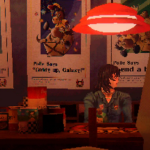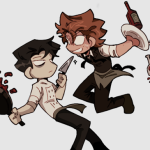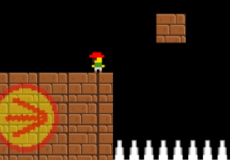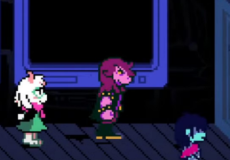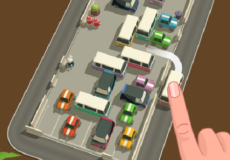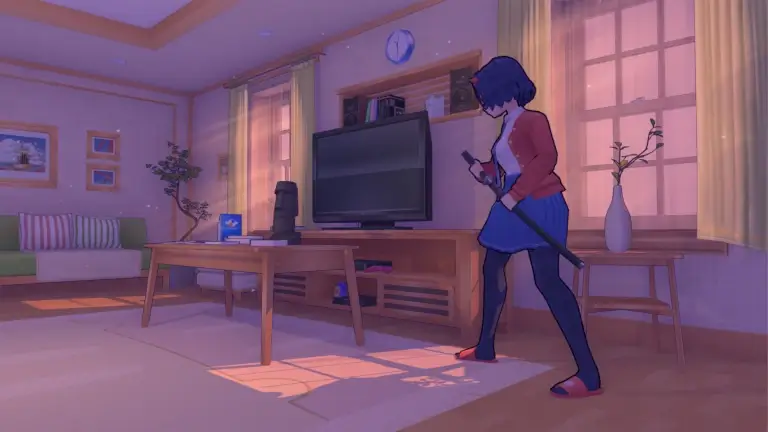

True Nightmare Roadside Сafe
Advertisement
True Nightmare Roadside Cafe is a psychological horror game that follows Mary, a teenage girl working the night shift at a lonely diner on the side of a forgotten highway. The gameplay is grounded in routine—turning on lights, preparing food, and waiting on customers—but the environment slowly unravels over time. What begins as a series of familiar tasks gradually transforms into a surreal experience where reality bends and meaning slips away. The game doesn’t rely on jumpscares. Instead, it builds unease through silence, repetition, and the subtle breakdown of ordinary spaces.
Advertisement
Similiar games
True Nightmare Roadside Cafe is a psychological horror game that follows Mary, a teenage girl working the night shift at a lonely diner on the side of a forgotten highway. The gameplay is grounded in routine—turning on lights, preparing food, and waiting on customers—but the environment slowly unravels over time. What begins as a series of familiar tasks gradually transforms into a surreal experience where reality bends and meaning slips away. The game doesn’t rely on jumpscares. Instead, it builds unease through silence, repetition, and the subtle breakdown of ordinary spaces.
The Familiar Becomes Unfamiliar
Each night, Mary returns to the same café. She cleans surfaces, restocks supplies, flips signs, and serves an odd collection of customers. At first, everything seems in place. But soon, players begin to notice shifts: a plate is already dirty before being used, the lights flicker without power issues, and a regular customer speaks as if it’s the first time. These small moments of dissonance grow more frequent with each shift. The gameplay encourages careful observation—reality doesn’t collapse suddenly, it erodes piece by piece.
Key Gameplay Systems
The game’s mechanics are simple, but each contributes to the atmosphere of quiet dread. There are no enemies or puzzles, just a world that grows stranger the longer you stay in it. Central systems include:
· Task repetition that subtly changes night by night
· Limited dialogue interactions with unpredictable characters
· Shifting environmental elements that hint at something wrong
· Exploration of outdoor areas between tasks
· Story progression tied to what players notice, not what they’re told
Rather than pushing players toward a goal, the game allows them to wander through the uncertainty, uncovering fragments of something hidden beneath the surface.
Design and Sensory Experience
True Nightmare Roadside Cafe uses lo-fi visuals styled like old surveillance footage. The diner is dimly lit, with outdated equipment and walls that seem to absorb sound. Audio plays a major role—ambient hums, distant knocks, and distorted music bleed into the space between interactions. Players are left with long stretches of silence, which makes even the smallest noise feel significant. The minimal user interface keeps focus on immersion, with no maps, markers, or objectives to guide you—just the space and the feeling that it’s changing.
Themes and Interpretation
This game explores themes of isolation, routine decay, and quiet psychological collapse. Mary is alone, night after night, in a place that stops making sense. There is no clear antagonist or final boss. The horror lies in the repetition of something that shouldn’t repeat, in faces that seem too familiar, and in the creeping sense that the world is watching from just outside the café windows. The story is fragmented and left open for interpretation, built more from atmosphere than exposition.
Discuss True Nightmare Roadside Сafe

